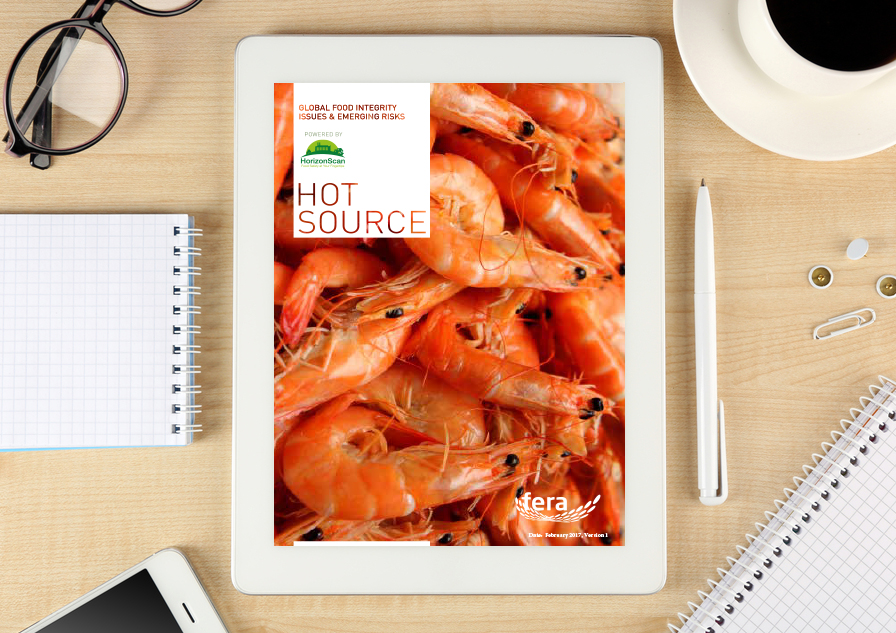Whitepaper: Global food integrity – Issues and emerging risks
- Like
- Digg
- Del
- Tumblr
- VKontakte
- Buffer
- Love This
- Odnoklassniki
- Meneame
- Blogger
- Amazon
- Yahoo Mail
- Gmail
- AOL
- Newsvine
- HackerNews
- Evernote
- MySpace
- Mail.ru
- Viadeo
- Line
- Comments
- Yummly
- SMS
- Viber
- Telegram
- Subscribe
- Skype
- Facebook Messenger
- Kakao
- LiveJournal
- Yammer
- Edgar
- Fintel
- Mix
- Instapaper
- Copy Link
Posted: 14 February 2018 | Fera Science Limited | No comments yet
2016 was for many a year of shocks and surprises. The FTSE has been sustained by the weak pound since the shock Brexit moment and the fact that it is dominated by international companies that make most of their money outside of the UK, and the strength of Wall Street, many predict this won’t last.
We are already seeing at the start of 2017, the chatter and the beginnings of food prices starting to increase and to add to this landscape, the bad weather in Italy and Spain, from flooding, cold weather and poor light levels creating the perfect recipe of poor growing conditions. With sterling falling sharply against the euro since the Brexit vote in June, many traders are finding that fresh fruit, vegetables, fish, meat and poultry are costing more to buy. With much of the UK produce being focused on potatoes and carrots, the reliance on international imports for more exotic and globally sourced fruit and vegetables, as demanded by the UK public, will really start to bite in terms of increased costs and sourcing difficulties.
With challenging times ahead, proactively protecting the food supply chain is paramount to ensure company profitability, liability and survival. The most important purpose of a food defence strategy is to help increase consumer safety, but protecting the brand and company profitability should also be considered. A solid food defence strategy, implemented throughout a company and supply chain, can better help protect employees, reduce operational risks, and protect shareholder value.
To follow is a condensed snapshot of a few of the headlines with regards to the main food integrity issues currently being reported on from the last quarter of 2016. It gives you an insight into the wealth of information in our extensive global database of raw material & commodity issues across all food integrity areas, which enables businesses to be pro-active when it comes to monitoring of food supply chain issues.
This whitepaper is restricted - login or subscribe free to access


Why subscribe? Join our growing community of thousands of industry professionals and gain access to:
- bi-monthly issues in print and/or digital format
- case studies, whitepapers, webinars and industry-leading content
- breaking news and features
- our extensive online archive of thousands of articles and years of past issues
- ...And it's all free!
Click here to Subscribe today Login here
Related content from this organisation
- Feeding the future: why UK food companies are betting on apprenticeships
- Where are we with ‘forever chemicals’?
- The complexities of CBD
- Whitepaper: Whole Genome Sequencing for food safety FSA Chief Scientific Advisor Report and 2013 Listeria pilot study
- Whitepaper: Fapas – Putting the ‘Quality’ into External Quality Control
Related topics
Contaminants, Food Safety, Quality analysis & quality control (QA/QC), Regulation & Legislation, The consumer, Trade & Economy










